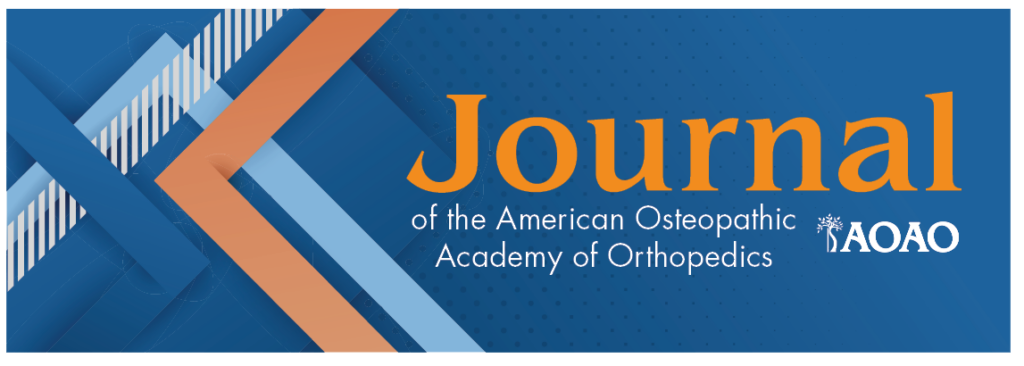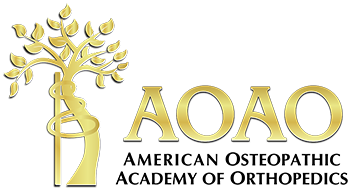1Checketts J, 2Bluhm B, 3Martinez V, 3Williamson T, 3Dutta A
1Oklahoma State University, Tulsa, OK, USA; 2University of Incarnate Word, San Antonio, TX, UA; 3University of Texas – San Antonio, San Antonio, TX, USA
Introduction
Greater tuberosity non-union following reverse total shoulder arthroplasty is associated with poor outcomes. However, it is unknown which factors place patients at risk for non-union after reverse total shoulder arthroplasty (rTSA) for fracture. As osteopathic physicians we know the structure and function of the body are inter-related, and that the body is capable of self regulation, self healing and health maintenance if the correct medium for healing is established. Because of this, it is essential to determine the risk factors of GTNU for proximal humerus fractures treated with RTSA as doing so will allow surgeons to counsel their patients adequately before and after surgery to help their patients best heal and rehabilitate from their injury. The purpose of this systematic review is to identify and characterize the predictors of greater tuberosity non-union (GTNU) following rTSA for proximal humerus fractures.
Methods
A systematic search was conducted using key terms ‘tuberosity healing reverse’ and ‘tuberosity non-union arthroplasty’ in databases of English language articles published before January 2024. Human studies describing risk factors associated with development of GTNU in either retrospective or prospective studies were included. Articles were excluded if not able to assess risk factors for GTNU. Data synthesis summarized outcome measures and study designs appropriately in the results. Using SPSS meta-analysis binary and continuous model function, the Mean Effect Size Estimate (MSE) with 95% Confidence Interval were reported for significant factors.
Results
This search yielded a total of 129 studies. After exclusion criteria were assessed, 30 articles comprising 1,164 patients with proximal humerus fractures were included in the review. These studies included 429 (36.8%) fractures developing tuberosity non-unions after rTSA. Methodological quality varied from low to high. There were 23 factors assessed in the included studies. There were no statistically significant patient-specific risk factors for GTNU, including age, gender, dominant side and Type 2 diabetes (all p>.3) or significant injury-specific risk factors, including fracture type (head split, number of parts; all p>.5). The use of autograft (MSE= -1.49, [(-2.57)-(-0.42)]; p=.006) was a significantly protective surgical-specific factor, while the use of a fracture stem versus a conventional stem and the glenosphere size were not deemed significant risk factors (both p>.2). The majority of studies were of low-quality, with only 10.0% (3/30) of the included studies conveying Level I or Level II evidence.
Conclusions
The use of autograft resected from the fractured humeral head was the most significant factor in preventing GTNU, while certain demographic and injury-specific factors were not found to play a role. These findings will help surgeons to control surgeon specific factors which will subsequently improve their patients likelihood of having a positive outcome following surgery and allow their body to heal and self regulate as they recover from their injury. Future studies are warranted to use a prospective study design, identify GTNU-specific risk factors, and implement evidence-based prevention strategies.



